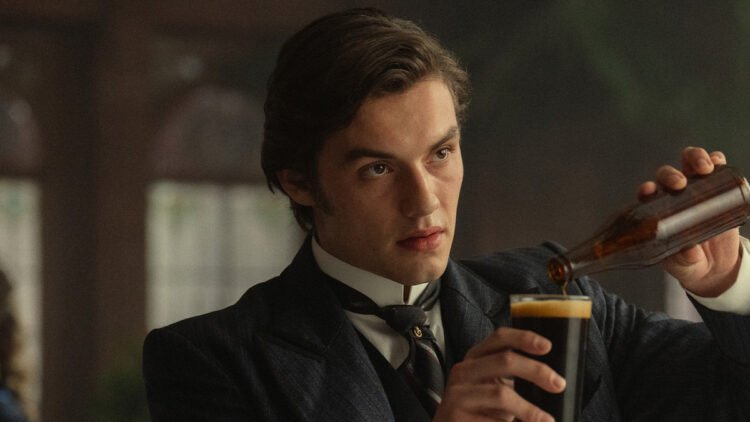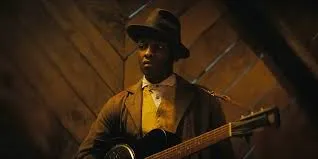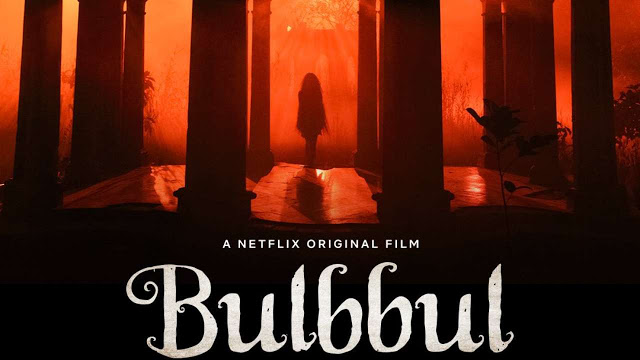Introduction
After the global success of Peaky Blinders, acclaimed screenwriter Steven Knight returns to Netflix with an ambitious historical saga. His latest project, House of Guinness, transports viewers to 19th-century Dublin to unravel the tensions, rivalries, and ambitions of Ireland’s most famous brewing dynasty. Loosely inspired by the real Guinness family, the show blends fact with fiction, offering a mix of family drama, political unrest, and sweeping period spectacle. But does it live up to the expectations set by Knight’s past triumphs?
Story
The series opens on May 27, 1868, at a moment of upheaval. The death of Sir Benjamin Guinness leaves not only his empire in jeopardy but also Dublin itself in turmoil. As the Fenians—early revolutionaries who would later inspire the IRA—rejoice in the passing of a man long tied to British power, Benjamin’s casket must navigate hostile streets littered with angry protestors.
Within the Guinness household, grief is replaced by ambition and bitterness. Benjamin’s children gather, but unity is scarce. Anne, the lone daughter (played by Emily Fairn), urges her brothers to at least project stability. Yet her plea falls on deaf ears: Arthur (Anthony Boyle), the reckless eldest, longs for his hedonistic London lifestyle, while Ben (Fionn O’Shea), the middle child, succumbs to alcoholism. Only Edward (Louis Partridge), the youngest, shows true commitment to the family legacy—yet his position is undermined simply by birth order.
The inheritance reading shifts the balance of power. Anne is excluded for being a woman, Ben for his vices. Instead, Arthur and Edward are left to share the brewery, its vast properties, and what would equate to $162 million today. The catch? Walking away means forfeiting everything to the other.
As the season unfolds, tensions fester between Arthur’s reckless desires and Edward’s disciplined vision of expansion, particularly toward the lucrative New York market. At the same time, Dublin is rocked by Fenian unrest, with siblings Ellen (Niamh McCormack) and Paddy Cochran (Seamus O’Hara) stirring rebellion both in the streets and within the brewery’s walls.
Performances
The cast delivers strong work across the board. Louis Partridge captures Edward’s blend of conviction and quiet frustration, while Anthony Boyle brings reckless volatility to Arthur. James Norton is particularly impressive as Sean Rafferty, the brewery foreman burdened with protecting the family’s name during the chaos. Emily Fairn’s Anne, though sidelined by the narrative, injects moments of resilience and subtle defiance into the story.
However, the focus often scatters across too many characters, leaving the emotional weight diluted. While the ensemble shines individually, the fractured narrative prevents the drama from reaching the sharp intensity of Peaky Blinders.
Behind the Scenes
Visually, House of Guinness is a triumph. The cinematography captures Dublin’s grit, grandeur, and unrest with sweeping shots and atmospheric detail, while the score adds a modern punch to the 19th-century setting. Yet despite stunning production values, the series falters in pacing. By mid-season, the episodes begin to meander, repeating conflicts rather than escalating them. The family drama is compelling, but the narrative sometimes drowns in too many subplots, stretching a story that might have been tighter and more effective in six episodes instead of eight.
Knight’s fingerprints are unmistakable—moody visuals, stylized tension, and layered social commentary—but House of Guinness lacks the sharp edge and addictive pull that made Peaky Blinders a cultural phenomenon.
Final Verdict
House of Guinness is a stylish, well-acted exploration of family rivalry, ambition, and rebellion in Victorian Ireland. While it doesn’t reach the narrative heights of Steven Knight’s earlier work, it offers a fascinating look at the Guinness legacy against the backdrop of political unrest. The series succeeds as a character-driven period drama but struggles with focus and narrative momentum, especially in its latter half.
For viewers drawn to historical fiction, Irish history, or the enduring mythology of the Guinness name, the show remains an engaging—if imperfect—addition to Netflix.























